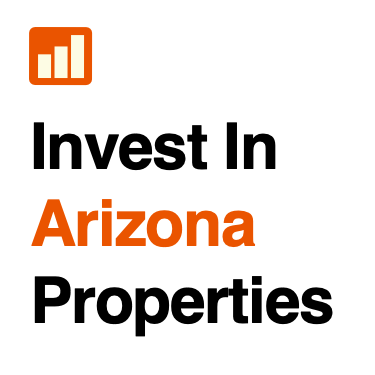Foreclosure Investing – Comparing the Risks and the Rewards
The mortgage foreclosure process creates three sets of real estate investing opportunities:
- Default/Pre-Foreclosure phase
- Auction/Sale phase
- REO phase
Buying Pre-Foreclosures
Buying pre-foreclosures involves working directly with the homeowner and sometimes the lender. Your goal is to create a win-win scenario. One win is for the homeowners (they make a sale) and one win is for yourself (you buy the property at a substantial discount).
To accomplish a successful purchase, we recommend the following:
- Locate loans in default
- Evaluate and narrow selections to pursue
- Inspect the property
- Evaluate the property owner’s needs
- Determine the market value of the property, fix-up costs, potential sales price and profits
- Arrange default work out by negotiating with the owner and the lender
- Close on the property, repair and resell it quickly.
Pros: This is a great investing opportunity if done correctly. Discounts off market value can range from 20% to 35% on average. A low cash down payment is possible if structured properly. You have ample time to research properties. Unique and flexible sales agreements are possible.
Cons: It is sometimes difficult to contact the property owner. You will usually have a lot of competition. The court house research can be cumbersome. You may need to negotiate with the lien holders.
Buying At The Auction
Buying on the court house steps at the auction can be the most rewarding way to buy properties and the most dangerous at the same time. The property is publicly auctioned off to the highest bidder, and the process moves very quickly. When bidding at the auction, you compete against the lender and other investors.
Auction buyers:
- Research properties prior to the sale date
- Pursue realistic opportunities
- Calculate values and potential profits
- Determine bid price
- Follow the property to the auction and participate.
Pros: Very good to excellent discounts. Investors can achieve 35% to 45% savings off market values and earn an excellent return on investment. This is the only investing method where you can really hit the jackpot.
Cons: Auctions are frequently postponed, wasting your time and effort. It is rarely possible to inspect the property. To be safe, you should have a title search performed, which can be costly. Unusually large cash outlays deter most investors (note that this can also be seen as a benefit). Certified checks for 10% of the purchase amount may be required with the balance due in weeks, days or even hours. Improper research can lead to devastating results.
Buying REOs
Perhaps the easiest way to buy foreclosed property is buying REOs (“real estate owned”). An REO occurs when the lender takes back the property to gain possession and cut its losses. The lender, however, does not want the property because it is not in the real estate business and is therefore usually motivated to move the property quickly.
Pros: The lender is almost always the senior lien holder, thereby wiping out all other liens at the auction. This means an REO will always have clear title, which saves a lot of time, expense and worries when buying foreclosures. Most likely, the lender will also have paid any property taxes in arrears. The lender may either repair the property to acceptable standards or allow a discount to the buyer to accomplish the repairs.
Cons: Rewards follow risk. This is a low risk investing method and the rewards can be on the low side as well. Average savings may range from only 5% to 15% off market value, although discounts of 25% or more are possible if you know how.
Investing in foreclosures can provide excellent profits. Each of the three foreclosure opportunities presents both rewards and certain risks.
